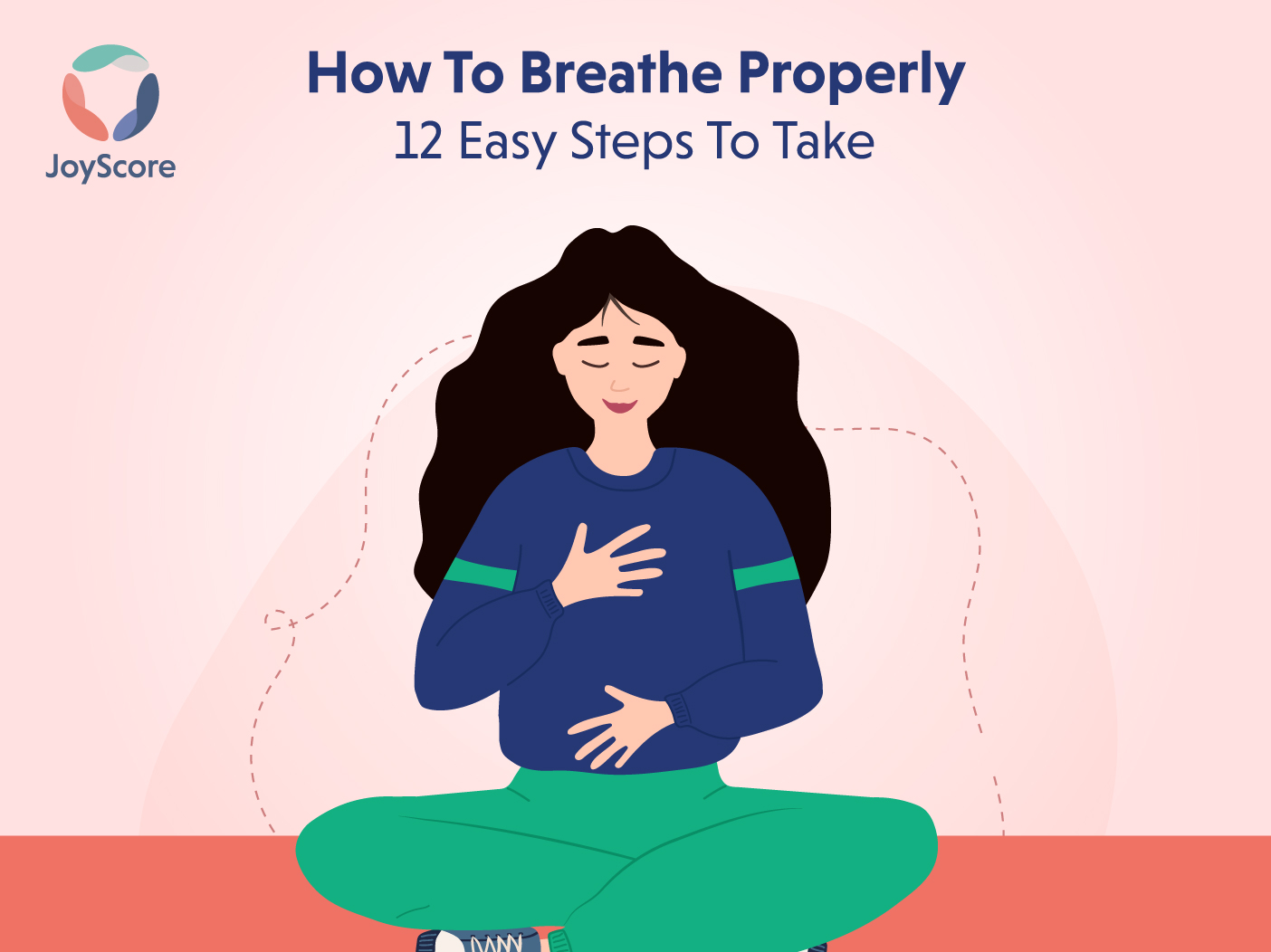Breathing is one of the most important things we do. It keeps us alive, and it is something we do all day long—and yet very few people know how to breathe correctly.
Most of us are aware that There are proper breathing exercises, but did you know that your breathing skills can also affect your health and well-being in day-to-day life?
There is a proper breathing technique, whether you’re sitting, standing, or lying down. Breathing properly while exercising, meditating, or just relaxing can improve your health and help you reduce stress.
The human body is designed to work with the correct amount of oxygen. When there isn’t enough, our bodies kick into a stress response which increases heart rate and blood pressure. If this continues, it can lead to heart disease, lung disease, or even mental illness.

There are several signs to look out for if you suspect you’re not getting enough oxygen:
- Shortness of breath
- Heart palpitations and unusual sensations in the chest
- Headaches, dizziness, nausea, and fatigue
If you recognize any of these symptoms, it’s essential to seek help. It’s possible that you may be suffering from something more serious than a shortage of oxygen.
How do we breathe:
There are three phases of breathing: inhalation, exhalation, and a pause in between. As you breathe in (inhale), your diaphragm contracts and moves downward, pushing the abdominal organs up toward your thorax. This increases the volume of your thoracic cavity so that air rushes in to fill it. At the end of inhalation, as your diaphragm relaxes back to its normal position, the abdominal organs naturally fall back to their original places.
The process of exhalation is exactly the opposite of inhaling. As you exhale, the diaphragm relaxes and moves up toward the thorax. The abdominal organs fall, and the volume of your thoracic cavity decreases so that air leaves your body.
During a normal breathing cycle, which lasts around ten seconds, there is typically a two-second pause at the end of inhalation and beginning of exhalation; this is called the resting pause (or functional residual capacity). Because of this resting pause, we can keep breathing without actively thinking about it.
Breathing is something you do all day, every day. But did you know that breathing incorrectly can harm your body? Here are some tips to help you breathe properly:
You’ve heard the exhortation: “Breathe deeply!“. This advice is good, but it’s not specific. As long as you’re breathing, you’re doing it right, right? Not really.
First, what does it mean to breathe correctly?
The correct way to breathe means using your diaphragm, not your chest muscles. You need to breathe from the lower part of your lungs instead of from the upper part of your lungs because this will help oxygen go directly from your lungs into your bloodstream. If you use only your chest muscles for breathing, you won’t get enough oxygen into your bloodstream, and this will make you feel tired, foggy, and stressed out.
Proper deep breathing involves using both the diaphragm — a large muscle located under the lungs — and the intercostal muscles — the smaller muscles that separate the ribs. It is essential to use the diaphragm when taking a breath to expand your lungs fully and allow more oxygen into your body.
- Find a quiet place and sit comfortably with your back straight with the correct posture. Make sure you’re not hunched over when you breathe. Keep the spine straight, but the chest relaxed with shoulders down. This allows the diaphragm to move up and down properly for deep breathing.
- Place one hand on your chest and one hand on your abdomen below your belly button.
- Breathe in through your nose for 6 seconds. Fill your abdomen first, then up through your upper chest.
- Hold your breath for 2-3 seconds.
- Release your breath slowly through pursed lips.
- Repeat 10 times.
- Focus on the breaths
- If possible, close your eyes, or keep them half-closed so that you aren’t distracted by what’s happening around you.
- Take one deep breath and release it. Try to focus and say relax aloud or silently in your mind.
- While doing this, focus on relaxing all of the muscles in your body
- Breathe naturally 10 times while counting each breath. After counting down from 10 to 1, open your eyes and smile. Enjoy that calmness.
The above points will help you breathe properly, but it is essential to know how often you are doing this exercise? Because if you do not practice these exercises regularly, then there is no use in learning about them and trying them once in a blue moon because it will not work for you.
Benefits of proper breathing:
Proper breathing involves using the diaphragm to draw in air, then using the muscles in the rib cage to allow the lungs to expand fully. Breathing deeply from the diaphragm also helps relax various muscle groups in the upper body and neck. These muscles are often tense due to stress or poor posture.
Deep breathing also stimulates the vagus nerve that helps slow down respiration rate while at rest, and may decrease blood pressure as well. This kind of breathing promotes relaxation and slows down a person’s heart rate, so theoretically, it could improve cardiovascular health.
Deep breathing also improves lung capacity by increasing oxygen levels in the blood. It can be particularly helpful for those suffering from a chronic respiratory condition like asthma or emphysema.
The best way to start practicing the proper way of breathing is to keep a journal of all the times that you forget to breathe correctly. Once you have a list, read it carefully and pay attention when you do things as mentioned above. It will become second nature once you get used to using your diaphragm when breathing.
Conclusion:
Proper breathing techniques may seem complicated at first, but as long as you keep working on them every day, paying attention to how your body reacts during the act, and making any necessary adjustments until you feel comfortable with the breathing techniques.



